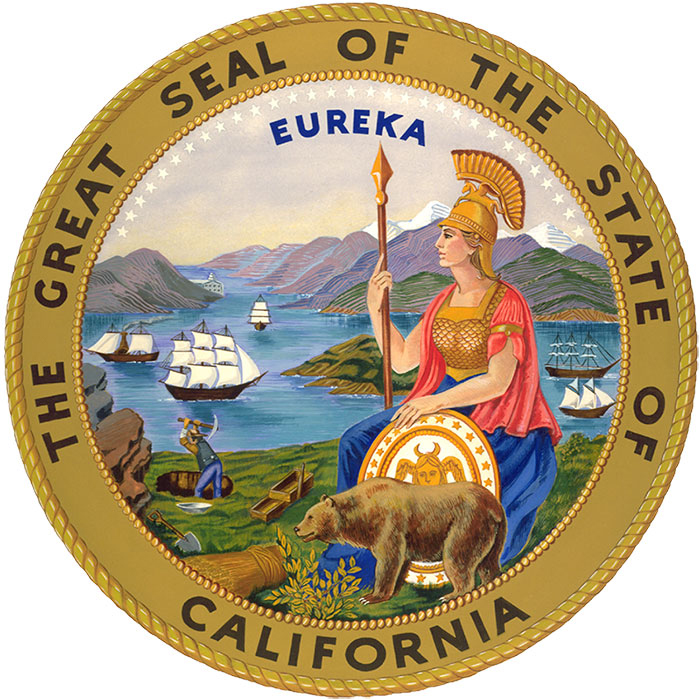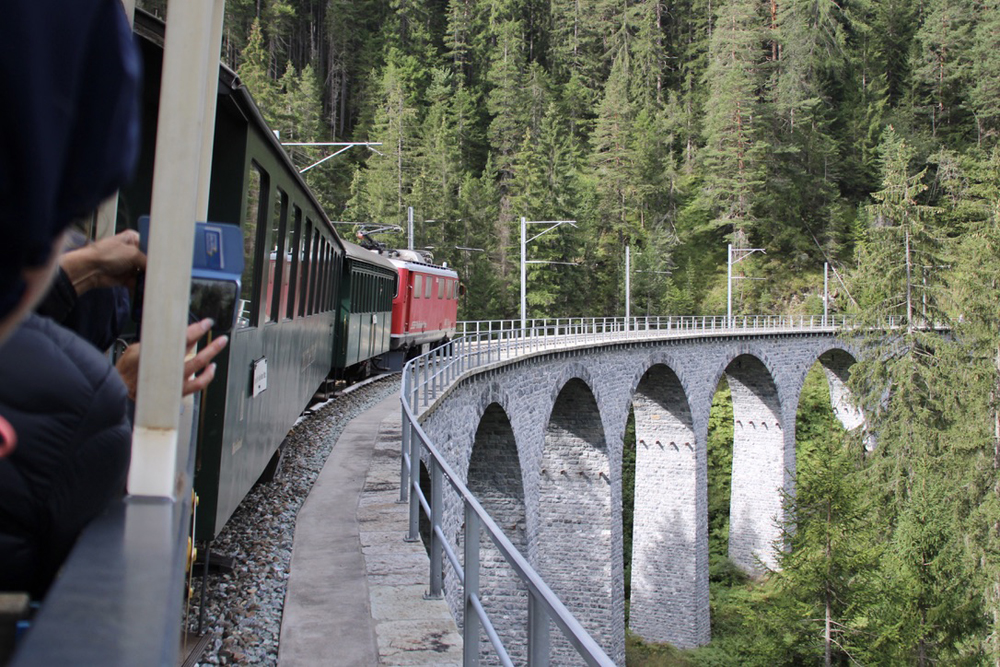PLEASANTON, Calif. — A proposed 41-mile light rail system which would connect the San Joaquin Valley to the Bay Area’s BART system is gaining traction, the San Francisco Business Times reports.
The system, known as Valley Link, would run from the Dublin-Pleasanton BART station — the easternmost station of a line that runs to Daly City — to Lathrop, with the possibility of eventual connection to Stockton. It would address congestion on Interstate 580 through Altamont Pass, which carries almost 83,000 commuters daily.
A feasibility study released in June envisions that the system would connect both with BART and Altamont Corridor Express commuter trains. It would use self-propelled multiple-unit trainsets with hybrid power, with part of its route in the median of Interstate 580. It could be operating by 2024.
The project is estimated to cost $1.8 billion, with a third of that — $600 million — available from funding originally earmarked for a BART extension from Pleasanton to Livermore, which BART’s board decided not to pursue in 2018.
Projections are that the light rail system could carry 25,000 passengers daily by 2040.















How many of the projected 25,000 riders would come from the current 83,000 commuters and how many would be from new development along the route?
From:The BART Experience—What Have We Learned? Permalink https://escholarship.org/uc/item/7pd9k5g0 ; Author, Webber, Melvin W.; Publication Date1976-10-01
“There are several surprises in those figures, however. Although the Composite Report expected that 61 per cent of riders would be diverted from private automobiles, in fact only 35 per cent formerly made the trip by car. In response to a BART customer survey, about a fourth of the riders said they had not made the trip at all before BART began operating. However dramatic the apparent volume of newly generated travel may be, it actually represents only a small portion of new trips BART has triggered, for it has generated additional auto trips as well.”
Since the projections of cost and ridership are from consultants or govt staff who would benefit from the project going forward, I don’t believe they are objective. When the costs are higher or the ridership lower, who takes the blame? No one. Who pays the difference? The taxpayer.
A better measure of the project’s viability would be to bid it out to private industry. The bid would be to build and operate the system for 20 years. It would be a fixed one time payment and a fixed annual subsidy that the govt would pay the operator.
Each company would do their own estimates of cost and ridership. The winning bidder would also have to post a performance bond, in the event they do not perform or go out of business.
If the winning bidder does their homework, they can make a decent profit. And we, the taxpayers will (1) really get an operating system within the time fame contracted for and (2) will know how much it will cost for the 20 year life.
I don’t believe light rail is the correct term for what is being proposed which I believe is BART light without the broad gauge and third rail/heavy electric. Instead, a diesel operation similar to SMART and or the recent eBART extension in Contra Costa County.
There is a gap between Livermore(Lawrence Livermore Labs) and W Schulte Rd in Tracy(a distribution warehouse area off Mountain Home Rd) of about 10 miles that is open space(no development). Tracy has become predominantly a bedroom community. I-580 has become a major commuter artery that was not originally planned. I’m addition I-580 across Altamont Pass is a major traffic gridlock in the grades. A mix of heavily loaded trucks in a 5% grade and lots of cars. ACE was a start, but the service is almost exclusively a commute operation. 4 trains a day to get people to San Jose and back.
A serious operation would be 5am to 1am with at least hourly service would be what would being in riders. Stops at Lawrence Labs, West Tracy in the mentioned warehouse area, and I would look at Manteca as a destination.
The politics of this line would be considerable.
A 41 MILE light rail line? Chicago to Aurora is 41 miles. The fastest train is 55 minutes. This is on one of the premier commuter lines in the country.
Light rail generally stops every mile (or less). That’s (say) 50 stops. Are the expecting people to spend 2 hours on the LR train?
Worth at least a look into.